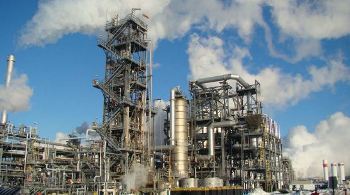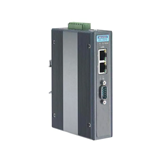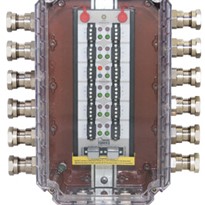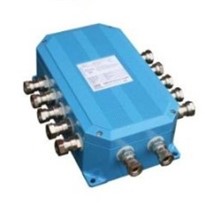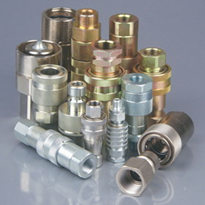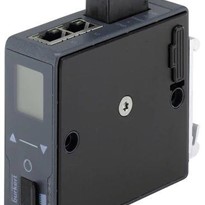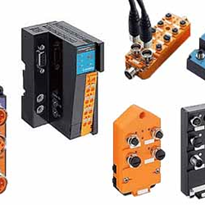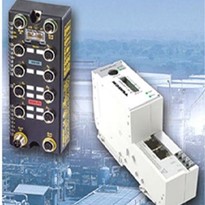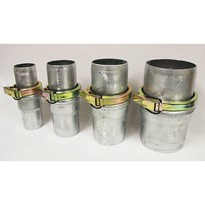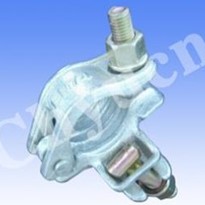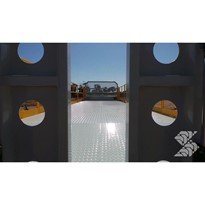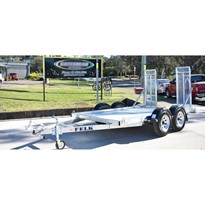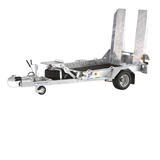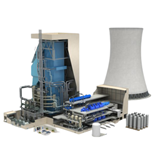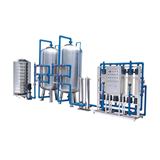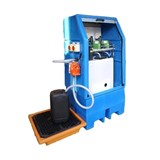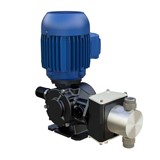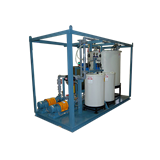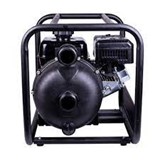According to site process control specialist John Rezabek, device couplers "touch every valve in the plant".
They needed a coupler design that would incorporate short circuit protection and provide non-incendive spurs if existing disconnect switches were removed.
Today's process industry operations require state-of-the-art automation technology in order to reduce raw material costs, increase yields, comply with regulatory standards and maximise revenues, but plant managers must also ensure that control systems provide reliable operation and a low cost of ownership over the life of installed assets.
Although fieldbus-based control systems have been proven to optimise process operations, instrumentation and control engineers need effective solutions protecting the fieldbus physical layer from short circuits, improper termination, interference and other potential problems.
Industrial facilities can avoid many fieldbus installation issues from the beginning simply by utilising the latest generation of device coupler technology. Current technology simplifies fieldbus system design and expansion, minimises capital equipment costs and significantly reduces the time required to install and troubleshoot devices in the field.
Reasons for using fieldbus
When deciding to build the Lima BDO production operation, plant managers sought to achieve high reliability without the complexity and redundancy of a traditional process control system.
John Rezabek, process control specialist at the site, said that "in designing the BDO plant, we wanted to avoid older analogue communications. Why would we build a new plant and shackle ourselves to 1980s technology?"
Rather than employ conventional automation technology, the Lima plant called on Emerson Process Management to supply a DeltaV distributed control system (DCS) using the FOUNDATION fieldbus protocol.
This all-digital, two-way communications system interconnects interoperable field equipment from different suppliers – such as sensors, actuators and controllers – on a single network. The fieldbus system infrastructure is designed to reduce the amount and complexity of wiring throughout a plant (Figure 2).
FOUNDATION fieldbus also transmits multiple variables, enabling a reduction in process variability as well as device identification information.
The technology allows collection and transmission of robust instrument diagnostics, thus reducing unnecessary shutdowns and improving safety and regulatory compliance. As part of the FOUNDATION-based automation architecture at the Lima facility, proportional-integral derivative (PID) control algorithms are located in a majority of the digital valve controllers.
In addition, all dual-element transmitters are equipped with on-board signal select blocks. A total of 80 fieldbus H1 (31.25 kbit/s) segments connect approximately 600 fieldbus instruments and valves, handling 150 control loops. The facility’s original 400 discrete I/O devices (mostly on-off valves) were wired directly to process controllers, which have since been supplemented with dozens of fieldbus-capable on-off valves.
The system also includes approximately 400 emergency shutdown I/O and 200 resistance temperature detectors and motor statuses integrated through MODBUS multiplexors. With this configuration, the entire fieldbus architecture (with the exception of emergency shutdown functions) is covered by a single operating system.
According to Rezabek, one of the major advantages of FOUNDATION technology at the Lima BDO plant is its ability to lower capital costs and operating expenses through reduced wiring and the extraordinary confidence and accuracy provided by an all-digital protocol. Speedy, robust, and deterministic process control proved to be a significant benefit as well.


